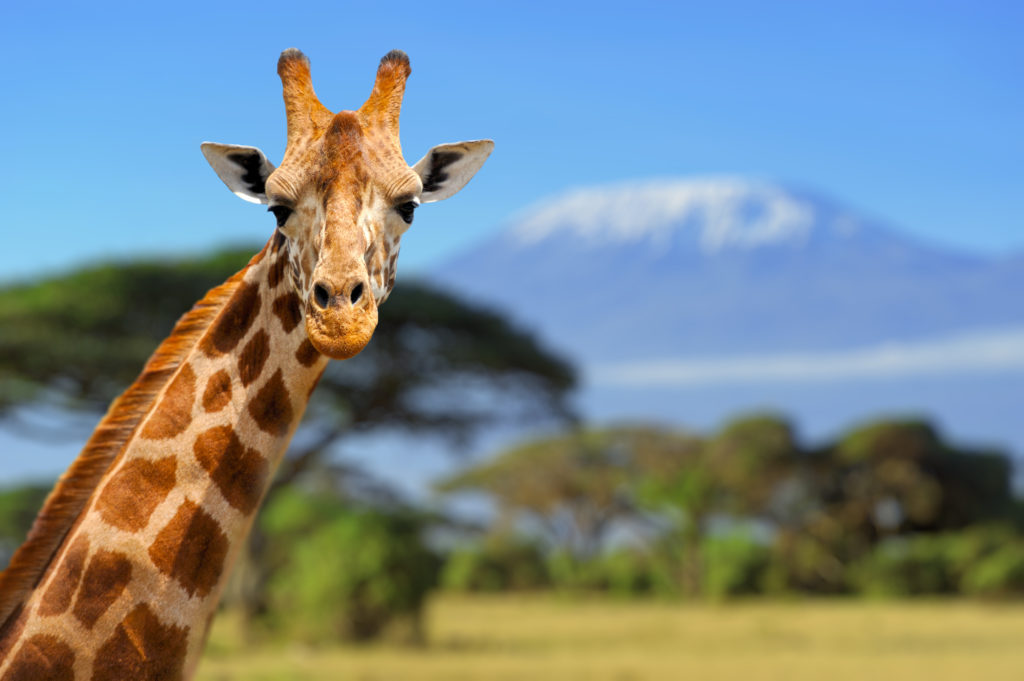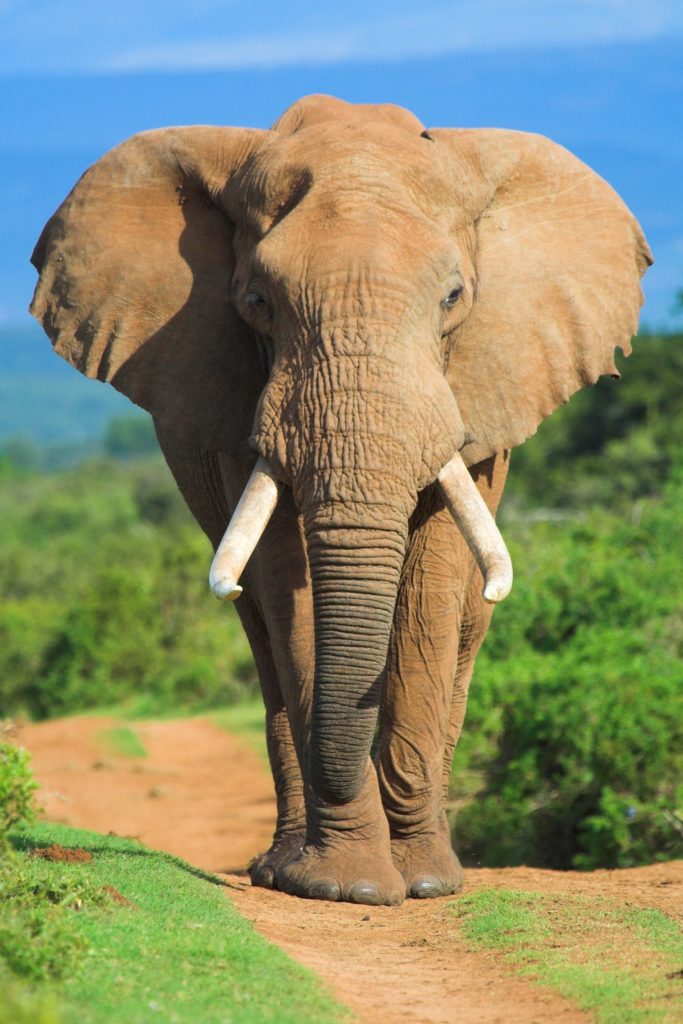Here at Children’s Dental Center, teeth are our specialty, so we tend to talk about them a lot! While today’s blog post is still all about teeth, we’re doing something a little different by shining a spotlight on ANIMALS. You may be surprised to learn that even though the shapes and positions will vary from species to species, people and animals have a lot of similarities when it comes to their chompers. For example, all us vertebrates have teeth, and all those teeth are made up of a mix of calcium, phosphorus, and other assorted minerals. They’re also designed with our specific diets in mind. Herbivores like cows only eat plants, so their teeth are great at tearing through leaves and grass. Carnivorous animals like lions only eat meat, and have teeth that are better suited to hunting and killing.
Us humans are omnivorous and can eat a wide variety of foods. Over time, our teeth have adapted to include incisors, molars, and canines that help us ingest and digest everything from greens to nuts to cuts of meat. In fact, your teeth are the very first step in the digestive process! Learning more about animal teeth can actually help us understand even more about our own unique teeth, and may even inspire us to take better care of them. Our team love teeth of all kinds, and we want to help you and your family keep your own smiles healthy and strong! For a little motivation, we’ve put together a collection of fascinating facts about animal teeth and how they compare to our own.
Fun facts about animal teeth
We’ll kick things off by examining some teeth that are similar to our own. Like us, giraffes have 32 teeth, but most of them are positioned at the back of their mouths. In fact, a giraffe doesn’t even have any upper front teeth, but it turns out they don’t need them, anyway. That’s because they use their lips and very long tongues to grab leaves and twigs to eat. Then they regurgitate them before using use all those back teeth to grind them up before swallowing.
Giraffes spend most of their days looking for, and then eating, multiple snacks and meals. They actually take in over 100 lbs. of leaves daily! Can you imagine how often we would need to brush our teeth if we ate that much daily? Fortunately, most animals aren’t prone to getting cavities the way we are. Not only are their diets naturally low in sugar, but their habit of chewing on materials like bone or tree bark often help to keep their teeth clean and healthy.
Not every animal is off the hook when it comes to poor dental health, though, including our favorite canine companions. Although the extremely high pH in a dog’s saliva is good at preventing demineralization, your furry friend can still develop cavities if they have a diet that’s high in sugar. This is one big reason you should pay attention to what’s in your pet’s food, limiting their consumption of sweets and other human food in order to keep their mouths in good shape.

While animals like giraffes and dogs have a similar number of teeth compared to humans, some have a whole lot more! Any guesses on which has the most? We’re betting the snail wasn’t your first guess, but it’s the correct one. Some species boast over 20,000 teeth! However, these aren’t really like regular teeth. A snail’s teeth are arranged in rows on its tongue, and they use them for scraping, instead of tearing or chewing.
The white shark is the winner when it comes to vertebrates, with its mouthful of 3,000 serrated, triangular teeth. These lie in rows within the jaws at a gentle inwards incline, but there’s definitely nothing gentle about their bite, which can exert up to three tons per square centimeter. Just like humans, sharks will lose teeth then grow another in its place, but unlike humans, this continues throughout their life. Some sharks will lose up to 30,000 teeth in their lifetime! Considering that, it’s hardly surprising that shark teeth are one of the most common items found on the seabed.
Let’s move away from the ocean and into the fields. Do you know the expression “long in the tooth”? We can thank a horse’s natural aging process for this particular idiom. As horses get older, their gums can recede, exposing more of the teeth and making it look like they are actually growing. Horses and humans may share this illusion of length, but some animals really are exceptionally toothy!
The hippo, for example, has the longest canine teeth of any animal. At an impressive 3 feet long, their incisors are capable of biting right through a small boat! And the unicorn-like horn that narwhals are known for is, in fact, a tooth. Their scientific name, monodon monoceros, comes from a Greek term that translates to “one-tooth one-horn.” The tooth itself can grow to 8 feet or longer. Narwhals use it to taste and measure the concentration of chemicals in the water around it in order to find food. It may not be a unicorn horn, but that’s still pretty darn magical when you think about it!

Keep your own human teeth healthy with Children’s Dental Center
They say an elephant never forgets, but when it comes to teeth, they don’t really have to remember much, anyway. Their molars can weigh up to 10 lbs. and every decade or so, they all fall out at the same time. While these pachyderms are lucky enough to have up to six sets of new teeth in their lives, us humans are stuck with only one, so it’s incredibly important that we take good care of them. Don’t be an animal! Let our talented team help you and your family keep your teeth and gums clean and healthy through regular check-ups and any indicated treatment. Our doctors and the rest of our skilled staff settle for nothing less than perfection when it comes to your smile!
